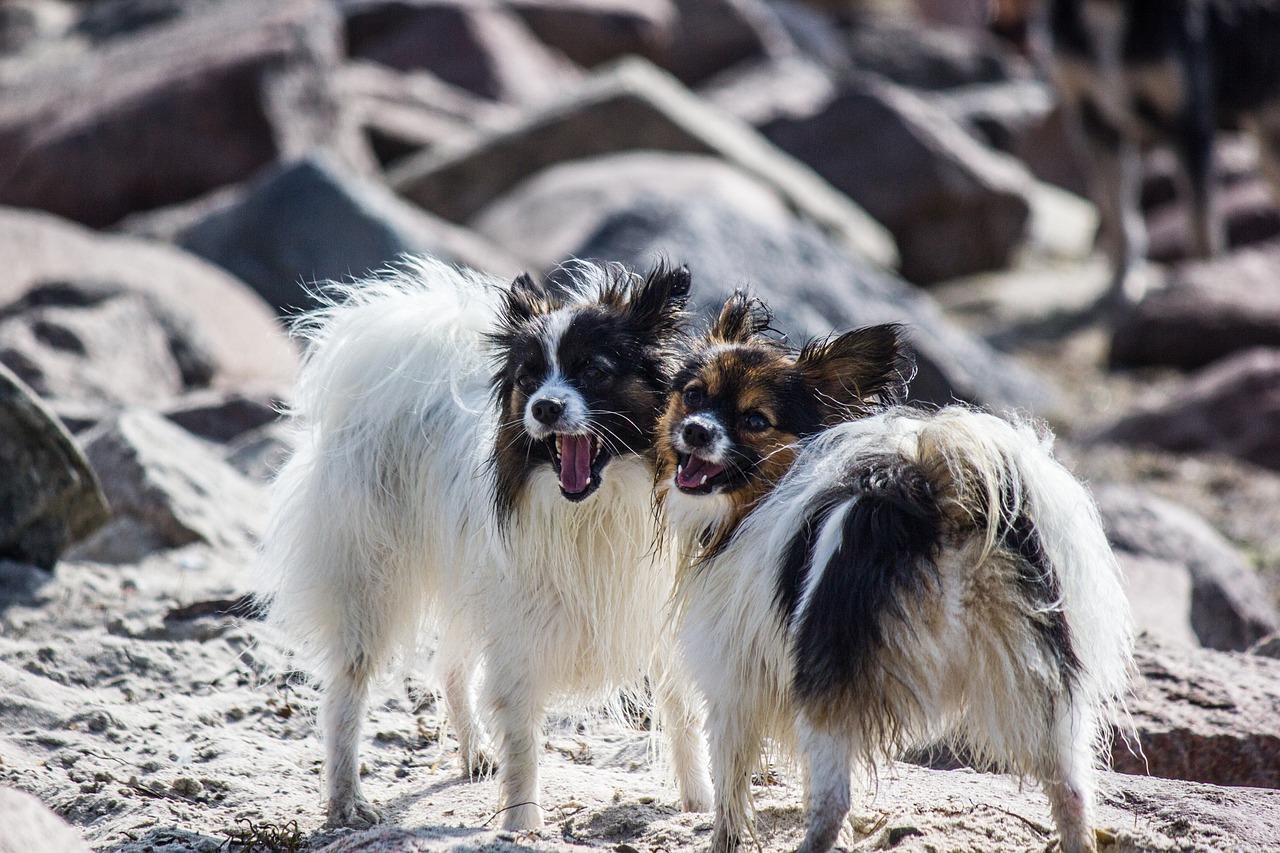The Papillon, distinguished by its elegant butterfly-like ears, is a breed celebrated not only for its exquisite appearance but also for its vibrant and perceptive character. Originating in Europe, particularly favored in the royal courts of France, the Papillon is one of the oldest of the toy breeds. Known for their intelligence and lively demeanor, Papillons excel in obedience and agility competitions, often surprising onlookers with their quickness and dexterity despite their small size. Beyond their physical abilities and striking looks, Papillons exhibit a variety of behaviors that are as charming as they are unusual. These behaviors are deeply embedded in the breed’s character and historical background as a favored companion of nobility, reflecting their adaptability and spirited nature. This article delves into seven of the most unusual habits of Papillons, offering insights into each behavior and providing advice on how to manage these distinctive traits effectively.

1. Vigorous Tail Wagging
Papillons are known for their exceptionally vigorous tail wagging, often involving their entire backside. This enthusiastic expression can occur whenever they are excited or happy, such as during greetings or when playing. While this is an endearing trait, it’s important for owners to ensure that the excitement does not escalate into hyperactivity. Providing adequate physical and mental stimulation is key, as is training to calm down when their tail wagging is coupled with signs of over-excitement.
2. “Butterfly” Watching
True to their name, which means “butterfly” in French, Papillons may exhibit the peculiar habit of watching small flying insects, particularly captivated by the movement of butterflies and moths. This habit likely stems from their sharp eyesight and quick reflexes, traits that were advantageous in their historical role as lapdogs who kept pests at bay. Owners can engage this trait positively by providing toys that mimic flying insects or engaging in play that stimulates their natural chasing instincts in a controlled environment.
3. Spinning in Circles
Papillons often spin in circles when they are excited or anticipating something enjoyable, such as meal times or the return of their owners. While this behavior is generally harmless, excessive spinning could be indicative of anxiety or excitement that isn’t being adequately managed. Regular exercise and mental challenges, such as training exercises that reward calm behavior, can help moderate their need to spin.
4. High-Pitched Barking
Papillons may use a high-pitched bark to communicate, particularly when they’re alerting to strangers or expressing pleasure. This can become an issue if it evolves into excessive barking. Training to curb excessive barking by using commands such as “quiet” can be effective, especially when combined with positive reinforcement techniques. Understanding what triggers their barking and addressing those triggers can also reduce unwanted vocalizations.
5. Climbing on High Perches
Despite their small stature, Papillons often enjoy climbing onto high perches, perhaps to survey their surroundings or to be closer to their owners. This habit can sometimes lead to risky situations where falls are possible. To manage this, providing safe climbing and resting places, like pet steps to their favorite furniture or a secure lap to sit on, can fulfill their climbing desires without the danger.
6. Sleeping Under Covers
Papillons may seek the comfort and warmth of sleeping under covers. This behavior is a reflection of their desire for coziness and security, a trait possibly accentuated by their historical role as cherished lapdogs in chilly European castles. While charming, it’s important to ensure they do not overheat, especially in warmer climates or during hot weather. Providing a comfortable yet cool sleeping area can help manage their nesting instincts.
7. Obsessive Foot Following
Papillons can develop an obsession with following their owner’s feet closely, especially during walks. While this can be seen as a sign of loyalty and attachment, it can pose a tripping hazard. Training to walk nicely on a leash beside or behind their owner, rather than underfoot, can prevent accidents and improve walking habits.
Papillons are delightful companions with unique habits that reflect their historical and genetic lineage. Understanding and appreciating these unusual traits can greatly enhance the relationship between Papillons and their owners. By providing appropriate training, exercise, and attention, these small dogs with big personalities can live happily and healthily, fully integrating into the lives of those who cherish them.
 Toledo, United States.
Toledo, United States.